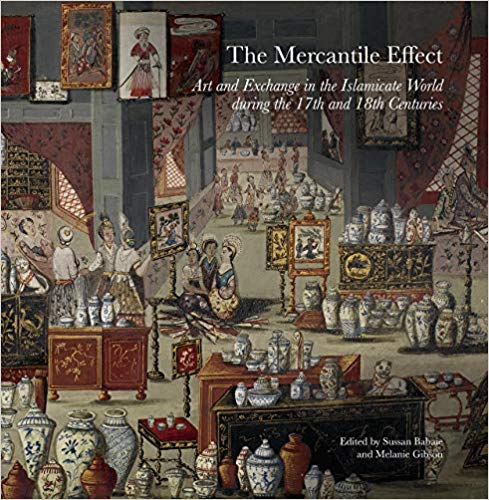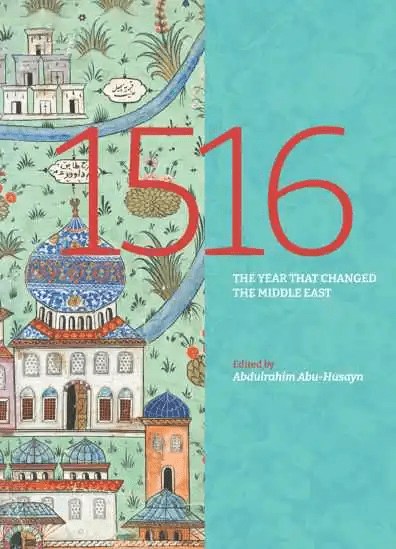
The Mercantile Effect: Art and Exchange in the Islamicate World during the 17th and 18th Centuries
Tom Verde
Susan Babaie and Melanie Gibson, eds.
2018, The Gingko Library, 978-1-90994-210-3, $59.95 cloth.
This colorfully illustrated volume of essays by art-history scholars examines the intersections of art and trade in the early modern era, when Europe’s taste for goods from the “Islamicate world” (a term coined by historian Marshall Hodgson) impacted art and material culture on both ends of the trade routes. A 17th-century painted fan from Holland depicting the interior of an imaginary Asian merchant’s shop, replete with Indian and Persian customers, “visualises the fluid movement of objects and people” at the time. A “costume album” from Turkey illustrating various members of Ottoman society in typical outfits was among the “popular souvenirs for European travelers,” revealing how Ottomans saw themselves and how they wished to be seen. From decoratively designed porcelain and pocket watches, to the adoption of “themes and motifs from Ottoman art” in eastern Orthodox ecclesiastical textiles, this informative collection of essays explores how the “irresistible quest for new markets” established “connectivity” between the two cultures that “transcend[ed] barriers.”
You may also be interested in...

Editor Challenges Readers To Witness Islamic History Sans the Modern Lens In New Book
In 1516, Ottoman Sultan Selim I entered Damascus clean-shaven. What followed changed Arab-Turkish relations for 400 years..png?cx=0.45&cy=0.59&cw=382&ch=519.4922937443337)
New Book Decodes Mystery Behind Sixth Century Mosaic Pavement
Jane Chick’s 2024 study on enigmatic Libyan mosaic bridges Late Antiquity Roman and early ecclesiastical art.